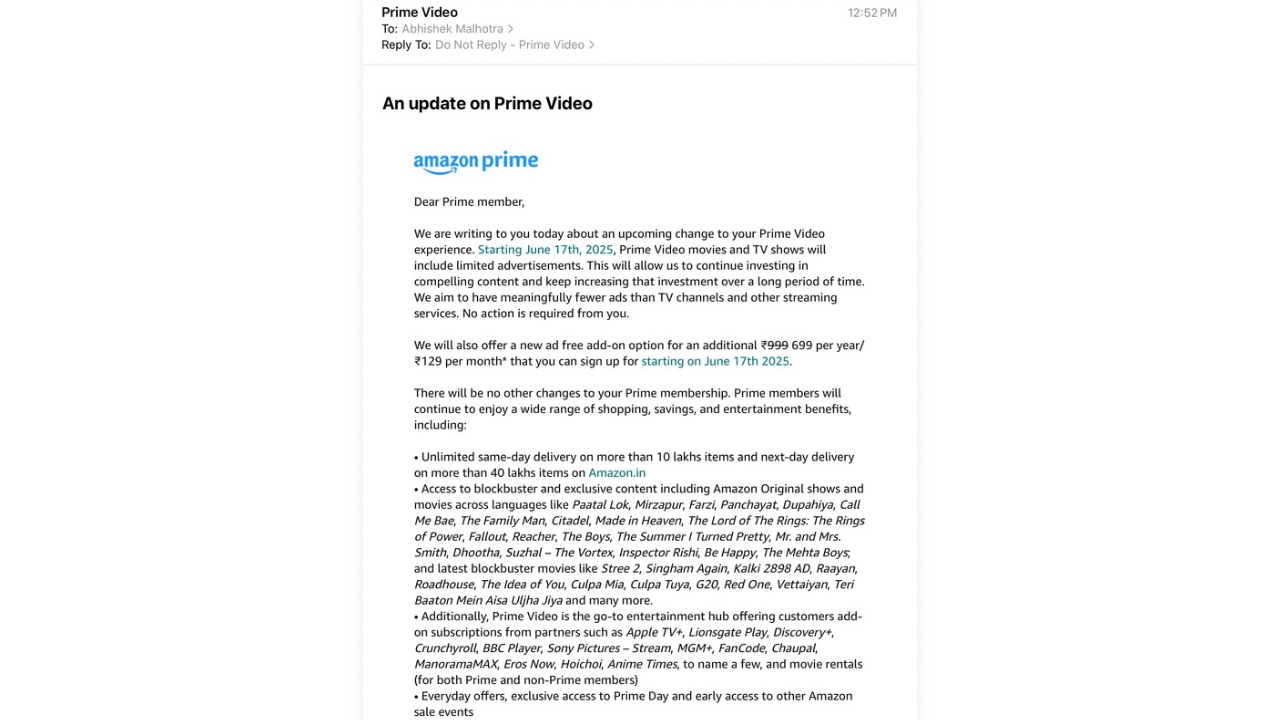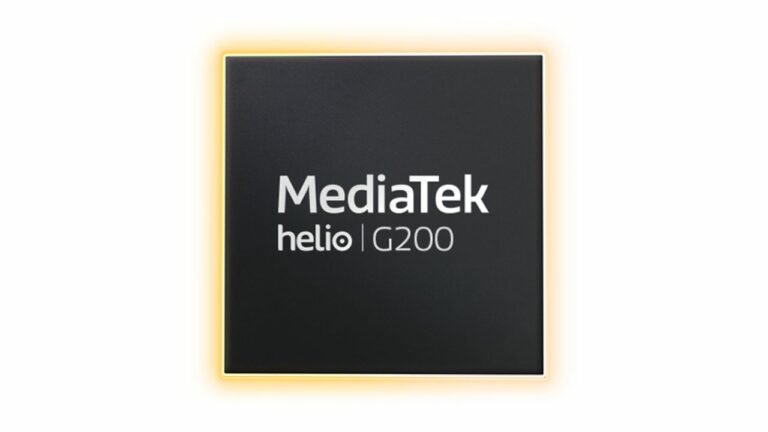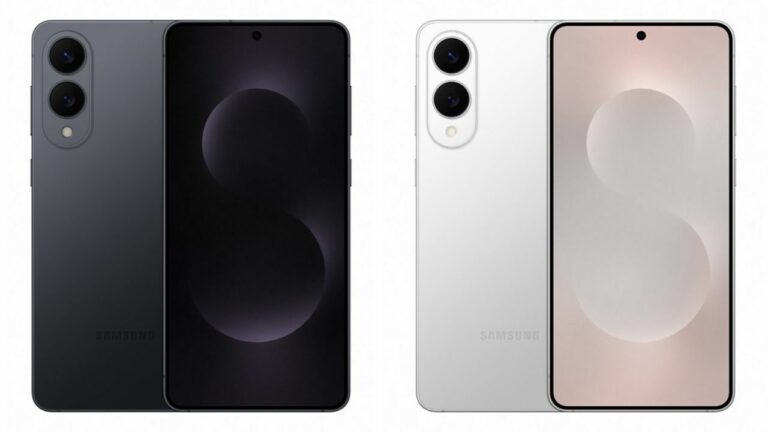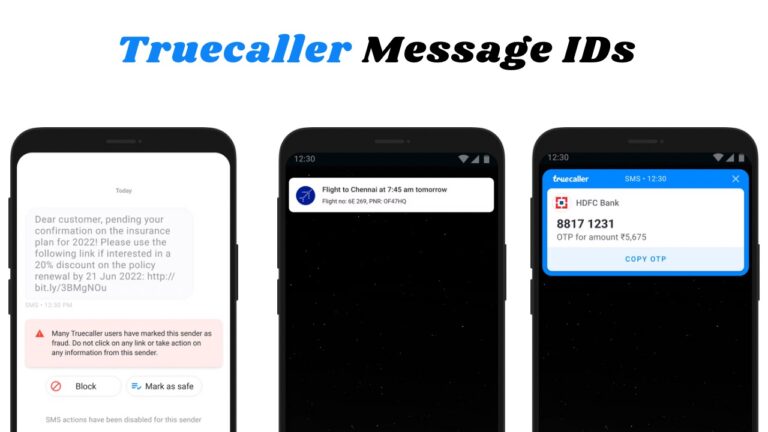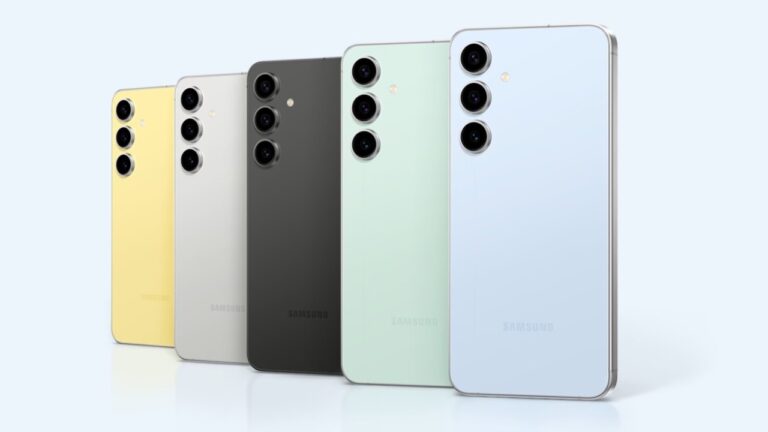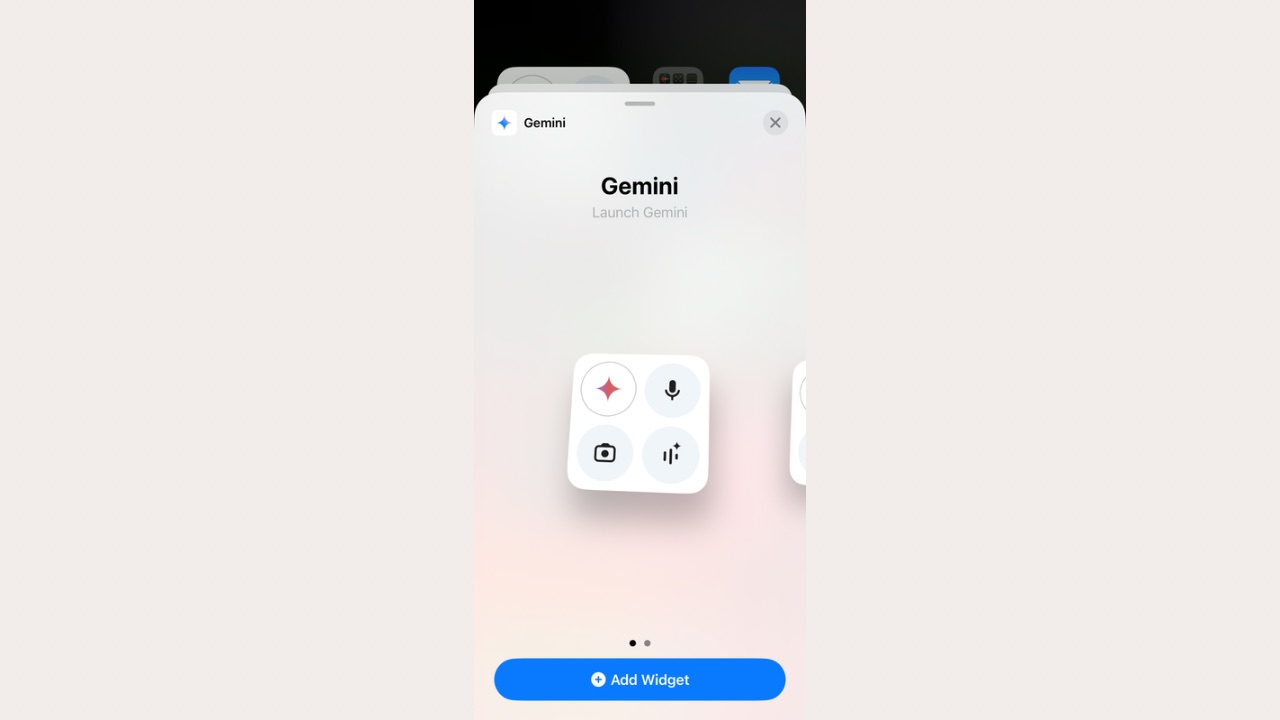Google has officially revealed the Material 3 Expressive design for Android and Wear OS devices that’ll first be available on Pixel devices. The design first got leaked last week by Google itself and now that it’s officially revealed, we know how the UI refresh will look, not only on Pixel phones but also Pixel watches.
Google says that “Material 3 Expressive builds on Material You, bringing even more customisation options so you can truly express yourself.” Material 3 Expressive feels more fluid and introduces a system of more natural, springy animations. “For example, when you dismiss a notification, the others next to it subtly respond to your drag. And when you snap it off the stack, you feel a satisfying haptic rumble.”
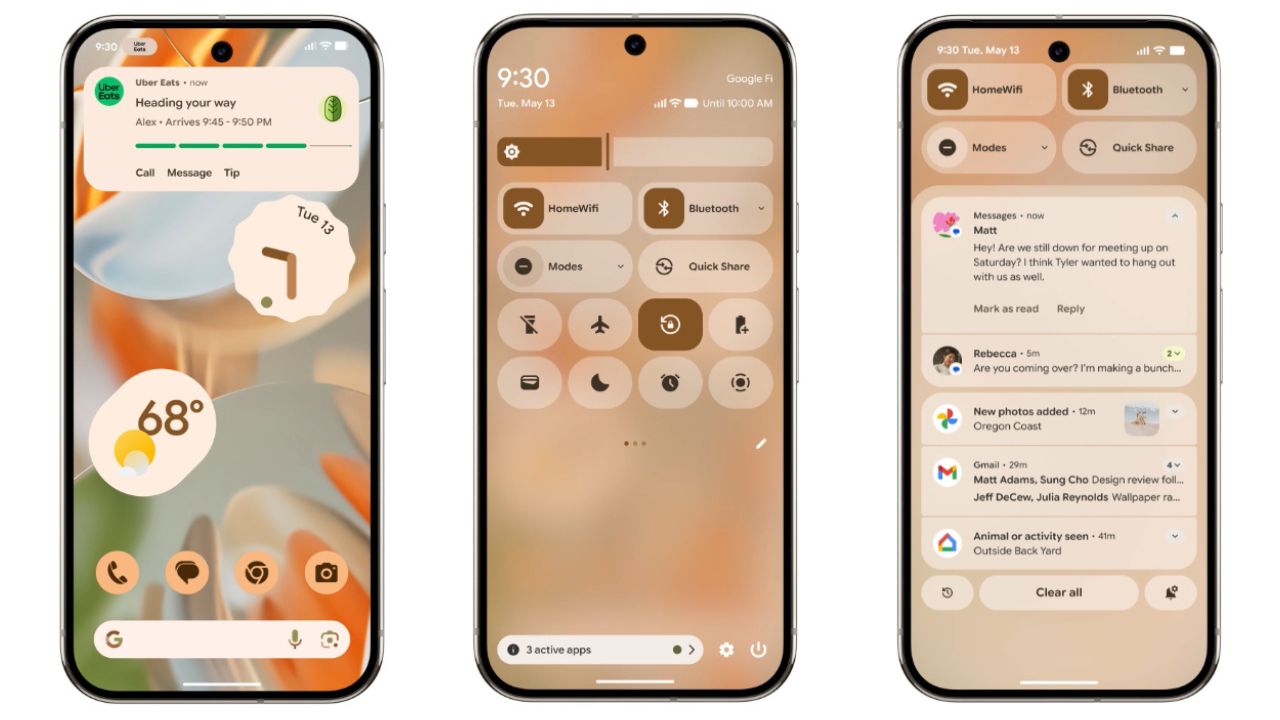
Similar instances can be seen across the system, like “when you’re dismissing an App in your recent apps screen, fidgeting with the volume slider or flinging down the shade.” Google has also added a subtle blur to the shade background to provide a sense of depth, so the motion feels lightweight and you’re able to stay aware of the apps you’re using in the background.
Android is also getting updated dynamic color themes, responsive components and emphasized typography so you can customize your phone to your style and preferences. And Google is working to bring these visual choices across Google apps like Google Photos, Fitbit and Gmail.
The design balances modern aesthetics with improved functionality. You can now customize Quick Settings to fit in more of your favourite actions like Flashlight and Do Not Disturb. The all-new Live Updates feature helps you easily track progress notifications from select apps. For example, after placing an Uber Eats order, you get a glanceable Live Update to track your delivery progress.
These real-time updates from top delivery, rideshare and navigation apps are front and centre so you won’t miss them. Google’s animation shows that Live Activities will also be available on Always-on display for you to check information at a glance.
Google says Material 3 Expressive design for Android is coming first to Pixel devices later this year.
Read More: Google Rolls Out Android 15 May 2025 Update for Pixel Phones: All Details
Material 3 Expressive for Pixel Watches
The Material 3 Expressive design centers the round display. The design is fluid with scrolling animations that trace the curvature of the display. As you scroll, lists animate to give you a sense of depth that makes information more accessible.

Google has also refreshed daily experiences like using the PIN pad and controlling media with motion and responsive feedback. And your watch features smooth transitions with shape-morphing elements that adapt to the smaller screen size. With Material 3 Expressive for Pixel Watches, Google is bringing dynamic color-theming to the watch so that the theme you choose for your watch face applies to the entire system.
Further, the company has also created a system of glanceable buttons that stretch to hug the display which makes them space-efficient and easily tappable. Tiles are also more engaging, providing quick access to information or actions that matters most, like texting your favourite contacts or starting a workout.
Material 3 Expressive will be a part of the Wear OS 6 update which is further claimed to deliver up to 10% more battery life for the watches. The update will be available for Pixel watches later this year.




